#wading birds
Text


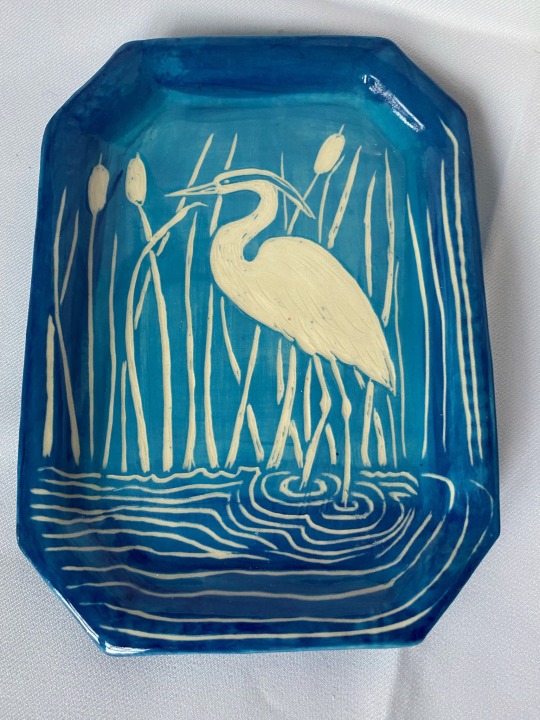
all sold
I might like herons
#pottery#ceramics#sgraffito#ceramic#carving#heron#heron art#birds#bird art#wading birds#grey heron#I’m pretty sure it was the grey heron I used for a reference#ombre#blue ombre#underglaze#claypigeon#glazeware
1K notes
·
View notes
Text


Glossy Ibis (Plegadis falcinellus)
August 11, 2023
John Heinz National Wildlife Refuge, Tinicum, Pennsylvania
Not a bird I've ever seen around here before. Apparently after breeding season along the coast, they are known to explore widely before heading to southern coastal waters for the winter.
#bird#birds#photographers on tumblr#glossy ibis#Plegadis falcinellus#birdblr#ornithology#birblr#nature#animals#wading birds#bird watching
532 notes
·
View notes
Photo

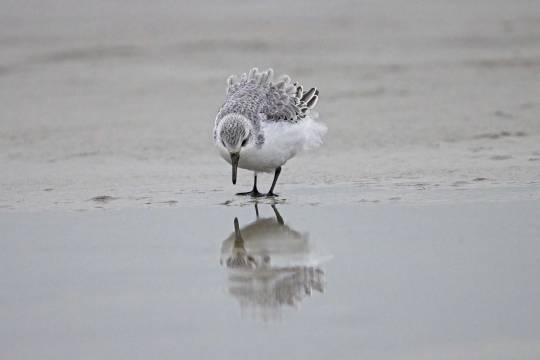

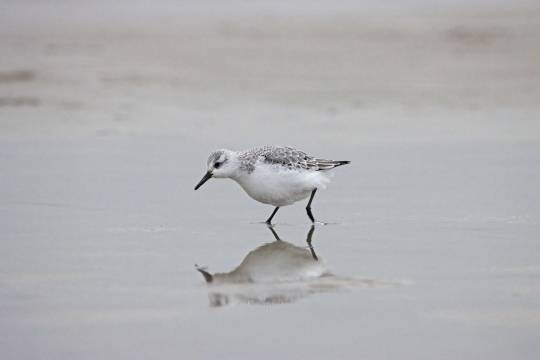

More sanderlings, because they are so cute.
2K notes
·
View notes
Text



A Shoo-in Shoebill Stork
The shoebill stork, also known as the whalebill stork or Balaeniceps rex is in fact not a stork at all, but a long-legged wading bird belonging to the family Pelecaniformes. This species can be found in the central African tropics, from southern Sudan to northern Tanzania. Within this range, they mainly inhabit freshwater swamps and dense marshes, particularly those with deep water large reed beds.
Balaeniceps rex is often referred to as a dinosaur among birds due to its fearsome appearance. The average individual stands 1.1-1.4 m (3.6-4.5 ft) tall and has a wingspan of 2.3 to 2.6 m (7.5 to 8.5 in). However, adults are quite light, weighing only 4 to 7 kg (8.8 to 15.4 lb). Males tend to be larger than females, but otherwise the two sexes look identical. Adults have dark grey plumage with a lighter belly and darker wings. Their most striking feature is their beak, which is extremely large and can be said to resemble a wooden show (hence the name).
The shoebill's beak is very useful for catching its primary prey: fish. B. rex consumes a variety of species, including lungfish, catfish, and tilapia, as well as non-fish items like water snakes, frogs, turtles, mollusks, and even young crocodiles. Shoebills typically stalk their prey, or stand perfectly still and wait for their prey to come to them, before quickly snatching it up and decapitating it with the sharp edges of their beaks. Because of their large size and strong bills, adults are seldom prey for other animals, and they defend their nests fiercely from predators like snakes and other birds.
Outside of the breeding season-- and even during it-- shoebills are extremely territorial. Not only do they chase potential predators away from their nests, both males and females will fiercely defend their territory from other shoebills.
Breeding begins in the dry season, typically in in May, and lasts until about October. Once a male and female form a pair, they remain together for the duration of the mating season. They build a nest from floating vegetation, and 1-3 eggs are cared for by both parents; in addition to being incubated for warmth, one parent may also occasionally pour a beak-full of water over the eggs to keep them cool during the hot summer day. The eggs hatch about 30 days after being laid, and young are fed continuously-- though usually only one chick survives to adulthood. At 125 days old they become fully independent and leave to establish their own territories. The average individual can live up to 35 years in the wild.
Conservation status: The IUCN lists the whalebill stork as Vulnerable. Current wild population estimates sit at about 5,000-8,000 individuals. Primary threats include poaching for the zoo trade and consumption, habitat destruction, and pollution.
If you like what I do, consider leaving a tip or buying me a kofi!
Photos
Santiago Caballero Carrera
George Amato
Mana Meadows
#shoebill stork#Pelecaniformes#Balaenicipitidae#wading birds#birds#wetlands#wetland birds#freshwater fauna#freshwater birds#africa#central africa#animal facts#biology#zoology#ecology
160 notes
·
View notes
Text
BOTD: Agami Heron
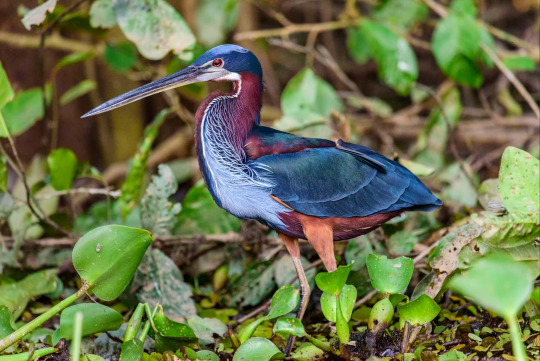
Photo: Allan Hopkins
"The colorful, reclusive Agami Heron is a coveted sighting for birders visiting flooded lowland forests and slow-moving waterways of Central and South America. This long-billed, medium-sized heron is so distinctive that it occupies its own genus, Agamia. Its species name, 'Agami,' comes from a Cayenne Indian word for a forest bird."
- American Bird Conservancy
#birds#agami heron#birds of north america#north american birds#herons#wading birds#waders#birds of mexico#birds of central america#birding#birdblr#birblr#bird watching#bird of the day#Agamia agami
339 notes
·
View notes
Text

Curlew! They use their long curved beams to probe the soft mud for invertebrates.
[ID: an illustration of a curlew flying to the left. It is a ruddy brown bird with a curved beak. It is on a blue background with simplified cloud shapes. End.]
253 notes
·
View notes
Photo
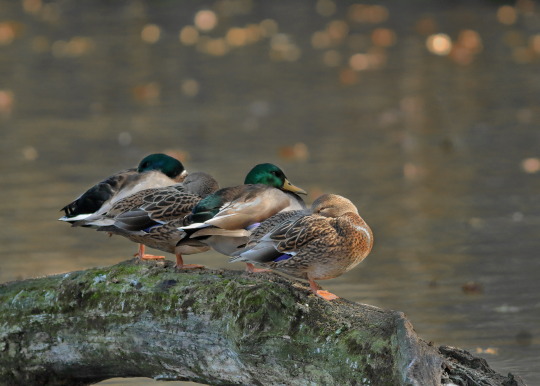
Mallards, luxuriating.
#midwest#autumn photography#Mallard Duck#mallard#birds#bird#wading birds#birdpics#wildbirdphotography#birdphotography#birdposting#nature photos#nature photography#wildlife photography#wildlife photos#wildlifephotography#wildlife#Ducks#wildbirds#vogelfotografie#ave#oiseau#birbs#Birdwatching#Birdworld#photographers of tumblr#original photography
693 notes
·
View notes
Text
Doctors as British bird types because UK wildlife slaps and why not
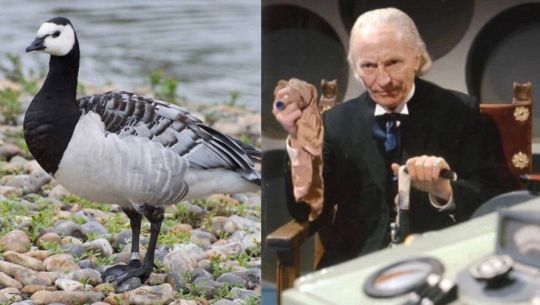
1st Doctor - Barnacle goose

2nd Doctor - White-throated dipper

3rd Doctor - European green woodpecker

4th Doctor - Egyptian goose

5th Doctor - Willow warbler

6th Doctor - Ring-necked Pheasant

7th Doctor - Common chaffinch

8th Doctor - Grey heron

War Doctor - Rough-legged buzzard

9th Doctor - Eurasian magpie
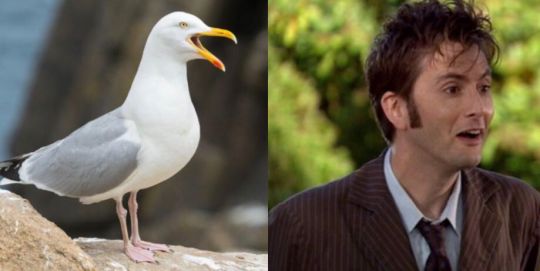
10th Doctor - Herring gull
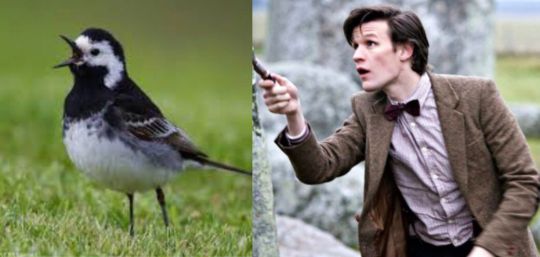
11th Doctor - White wagtail

12th Doctor - Long-eared owl

13th Doctor - Eurasian blue tit

14th Doctor - Black-headed gull

15th Doctor - Canada goose
#doctor who#classic who#new who#uk wildlife#birds#british birds#geese#owls#wading birds#birds of prey#garden birds#the doctor
311 notes
·
View notes
Text

Curlew, Greatham Creek
#curlew#wading birds#shore birds#birds#bird photography#bnw birds#nature pics#nature photography#nature#bnw nature#wildlife#greatham creek#cleveland#uk#monochrome#black and white#black and white photography#bw photography#bw#photography is my therapy#outdoor photography#outdoors#photographers on tumblr#original work#original content#original photographers#all my own work
29 notes
·
View notes
Text

The Quizzer Book of Knowledge: Nature. Written and edited by George Beal. 1978.
Internet Archive
#birds#corvids#blue jays#magpies#wrens#wading birds#flamingos#spoonbills#marabou storks#raptors#eagles#imperial eagles#nightjars#egyptian nightjars#seabirds#albatrosses#black-browed albatross#pelicans#ibis#glossy ibis#waterfowl#geese#brent geese#prehistoric#dinosaurs#theropods#archaeopteryx
199 notes
·
View notes
Text
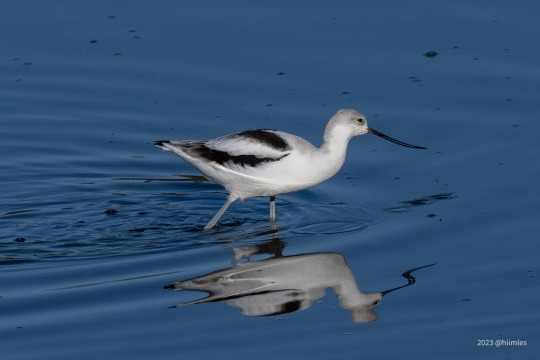
Wading Bird
#photography#nikon#american avocet#wading birds#san joaquin wildlife sanctuary#irvine#orange county#hiimles
36 notes
·
View notes
Text

Great White Egret
#tim dennis#canon#photography#lensblr#tim dennis.tumblr#70d#canon 70d#original photographers#pws#great white egret#nature#wildlife#bird#birds#water fowl#wading birds#burton inner marsh farm#rspb#wirral
79 notes
·
View notes
Text
Animal of the Day
Nordmann’s Greenshank (Tringa guttifer)

(Photo by Wai Loon Wong)
Conservation Status- Endangered
Habitat- Eastern Asia coast
Size (Weight/Length)- 150 g; 27 cm
Diet- Small crustaceans; Mollusks; Small fish
Cool Facts- The Nordmann’s greenshank is a rare wading bird only found in small sections of the Asian coastline. Their upturned bill allows them to poke through salt marshes and mudflats during low tide to flick up any morsels they find. Their short legs further aid in turning up sand through rapid stomping. During the breeding season, both males and females gain gray and white spotted feathers while their beak becomes green at the tip. Sadly, due to recent urban development on the Asian coasts, the Nordmann’s greenshank is in rapid decline. Multiple conservation agencies are currently working to protect their breeding sites from being paved over.
Rating- 12/10 (Short king.)
#Animal of the day#Animals#Birds#Piper#Wading birds#Tuesday#February 21#Nordmann's greenshank#Spotted greenshank#biology#science#conservation#the more you know
108 notes
·
View notes
Text
An avocet foraging for food in the shallow water.
61 notes
·
View notes
Text
Uncharismatic Fact of the Day
For snails, traveling long distances can be a bit of a challenge due to their size and extremely slow speed. Fortunatelly, snails in the genus Physa have found a workaround! In early February, about 20-30 snails will attach themselves to the wings of an upland sandpiper and hitch a ride south with the bird's migration.

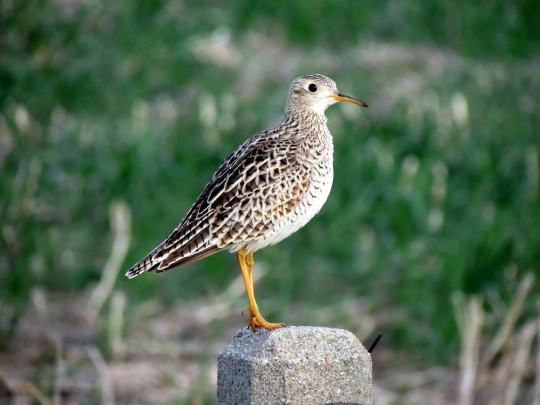
(Images: The freshwater snail Physa acuta and its temporary host the upland sandpiper (Bartramia longicauda) by David Liebman and Nick Varvel respectively)
#upland sandpiper#Charadriiformes#Scolopacidae#sandpipers#wading birds#shore birds#birds#Basommatophora#Physidae#bladder snails#pond snails#snails#heterobranchs#gastropods#mollusks#invertebrates#uncharismatic facts
103 notes
·
View notes
Text
BOTD: Little Blue Heron

Photo: Becky Matsubara
"Despite its different last name, the Little Blue Heron is probably a close relative of the Snowy Egret. It looks much like a Snowy when it is young, but molts to a dark slate-blue plumage as an adult. Generally wary and hard to approach. Nests in colonies, sometimes of this species alone; in large mixed heronries, Little Blues tend to nest along the edges. Some of its largest colonies are in the lower Mississippi Valley, where it often nests in association with Cattle Egrets."
- Audubon Field Guide
#birds#little blue heron#birds of north america#north american birds#herons#wading birds#waders#birds of the us#birds of mexico#birds of central america#birds of the caribbean#birding#bird watching#birdblr#birblr#bird of the day#Egretta caerulea
113 notes
·
View notes